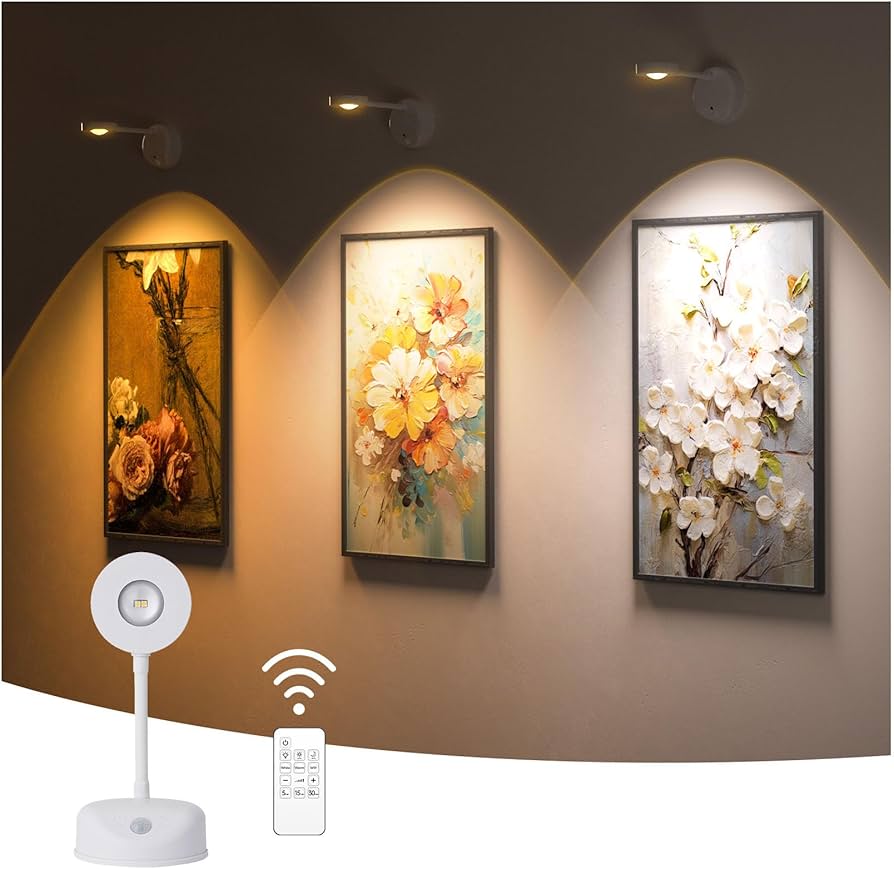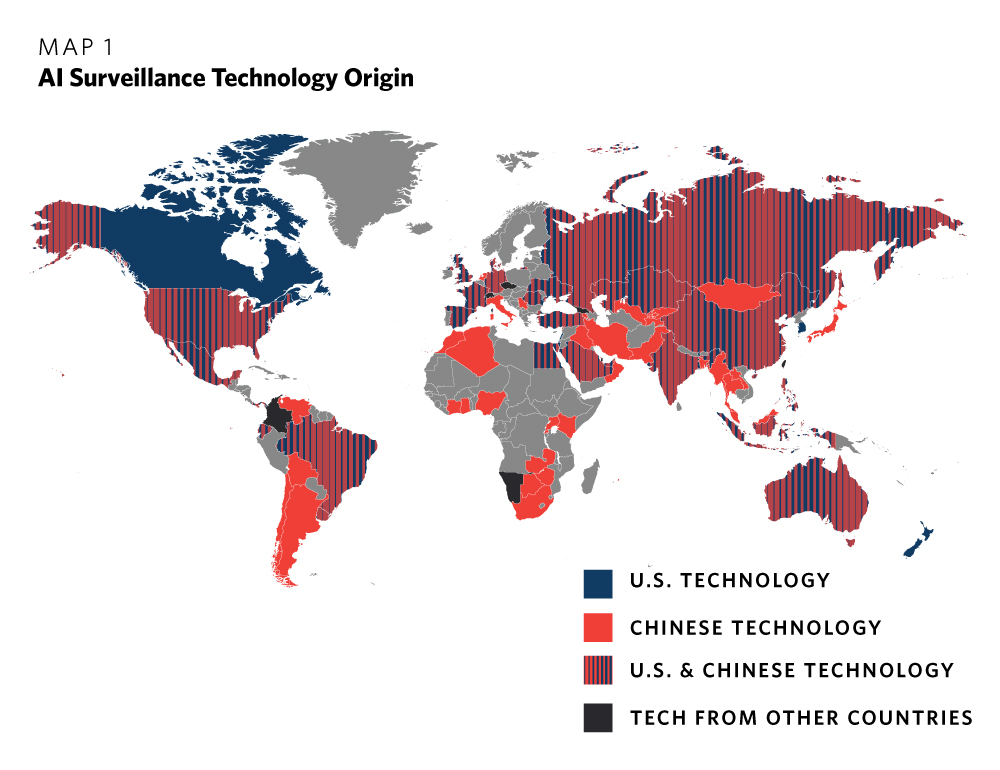
The Rise of Text-to-Video AI: A New Era of Misinformation?
The recent debut of OpenAI’s Sora text-to-video tool has raised important questions about the potential risks and benefits of this technology. Sora’s ability to create photorealistic videos from a few short text prompts has left many in awe, but it also raises concerns about the potential for misinformation and manipulation.
 AI-generated video
AI-generated video
As Tracy Harwood, a digital-culture specialist at De Montfort University in Leicester, UK, notes, the speed at which text-to-video AI has developed is shocking. Just a year ago, people were laughing at an AI-produced video of Will Smith eating spaghetti. Now, some researchers are worried that this technology could upend global politics in 2024.
The Potential for Misinformation
One of the biggest concerns about text-to-video AI is the potential for misinformation. With the ability to create highly realistic videos, it’s not hard to imagine how this technology could be used to spread false information. As Harwood notes, we’re going to very quickly reach a point where we’re swamped with a barrage of really compelling-looking information. That’s really worrying.
 Misinformation
Misinformation
Election Fears
The potential for misinformation is particularly concerning in the context of upcoming elections. With the ability to create fake videos and audio, it’s not hard to imagine how this technology could be used to manipulate public opinion. As Dominic Lees, who researches generative AI and filmmaking at the University of Reading, UK, notes, there will be colossal numbers of fake videos and fake audio circulating.
 Election Fears
Election Fears
Potential Benefits
While the potential risks of text-to-video AI are significant, there are also potential benefits to this technology. For example, it could be used to present difficult text, such as an academic paper, in a format that is easier to understand. It could also be used in healthcare to talk to patients in place of a human doctor.
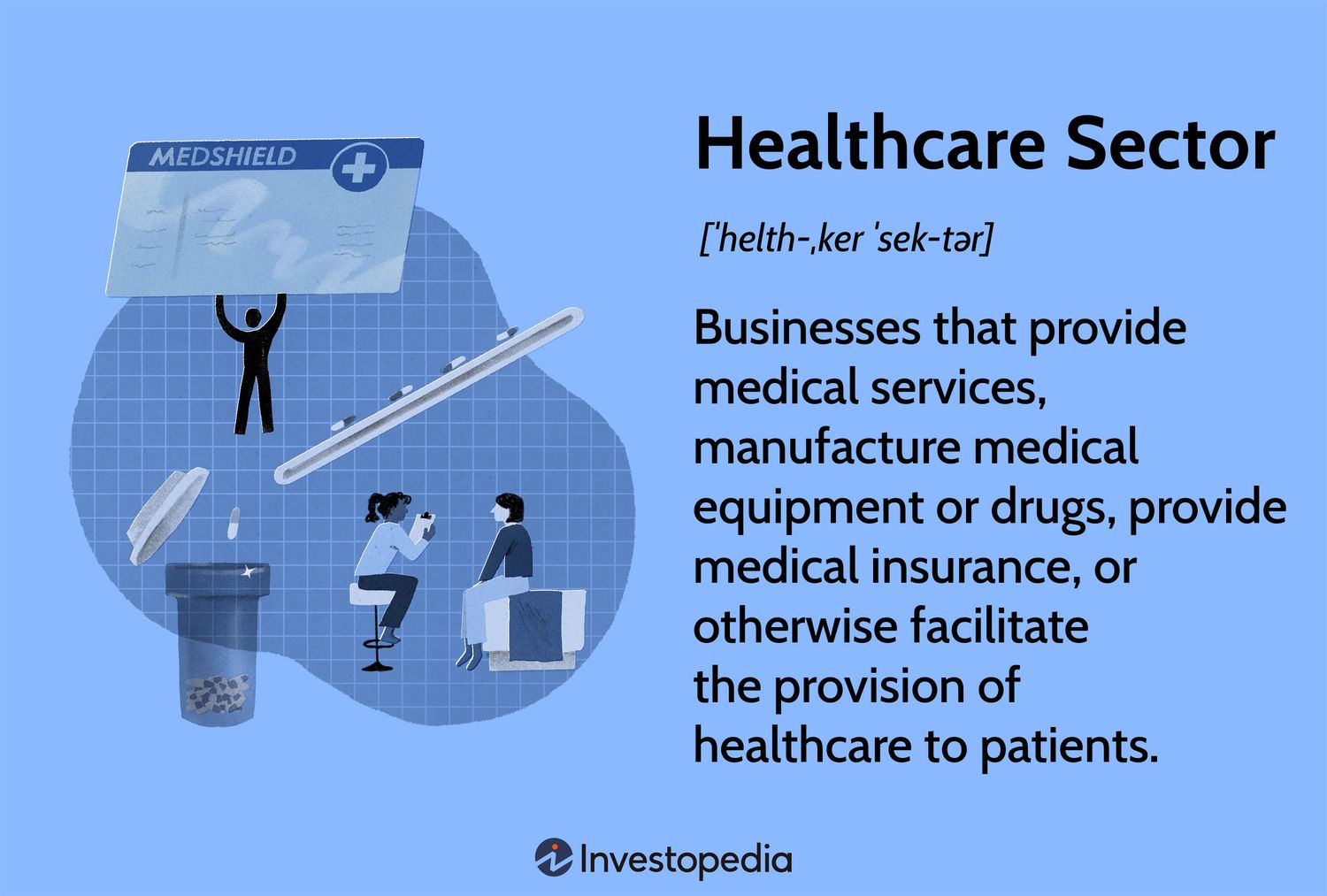 Healthcare
Healthcare
Data Management
Text-to-video AI could also be used to help researchers wade through huge data sets, such as those produced by the European particle-physics laboratory CERN near Geneva in Switzerland and other large scientific projects.
 Data Management
Data Management
Concerns for Creative Industries
The rise of text-to-video AI also raises concerns for creative industries. As Tom Hanks suggested last year, AI could enable him to continue appearing in films from now until kingdom come after his death. This raises questions about the future of acting and other creative industries.
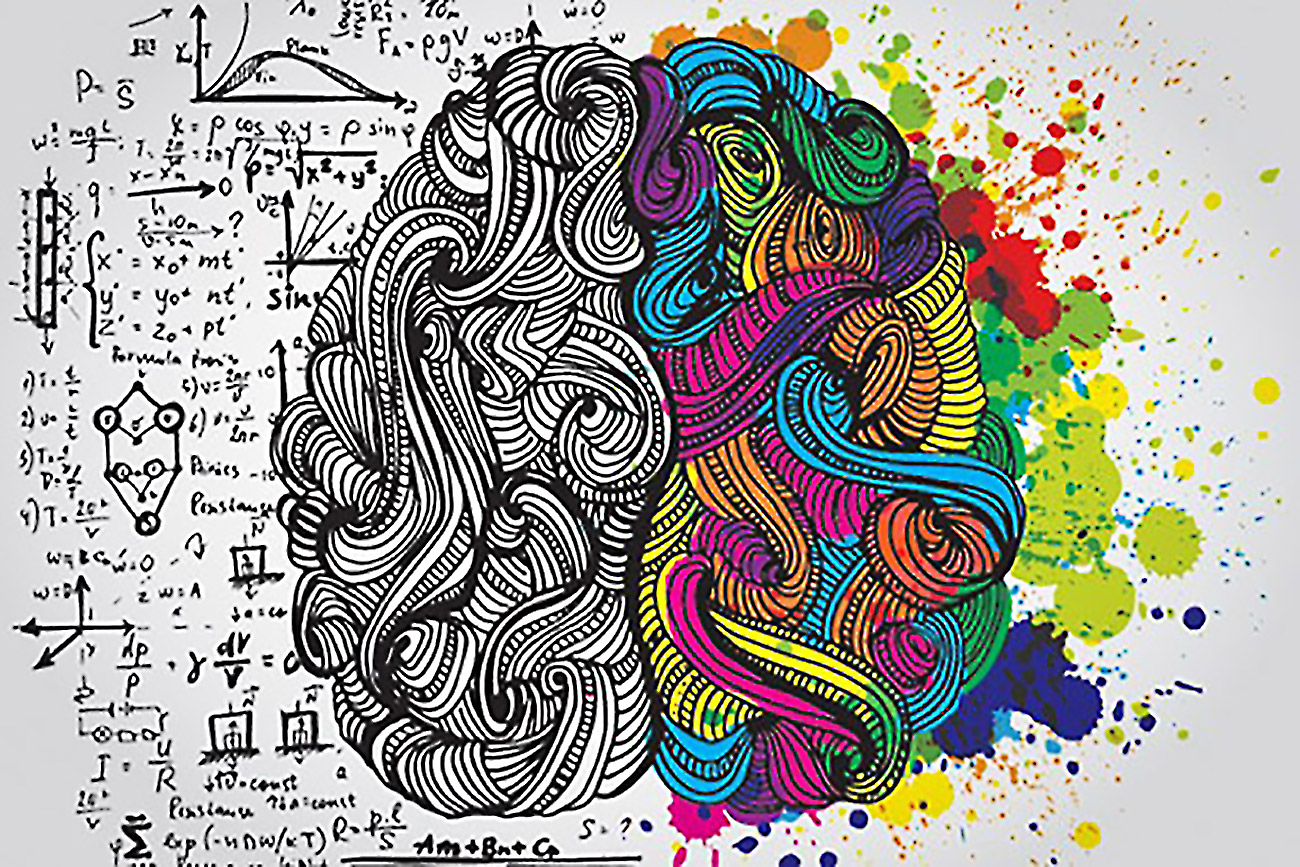 Creative Industries
Creative Industries
Conclusion
The rise of text-to-video AI is a fundamental shift in the way material will be consumed. We’re going to have to learn to evaluate the content we see in ways we haven’t in the past. As Harwood notes, these tools put the opportunity to be a media content creator in the hands of everybody. We’re going to be dealing with the consequences of that.
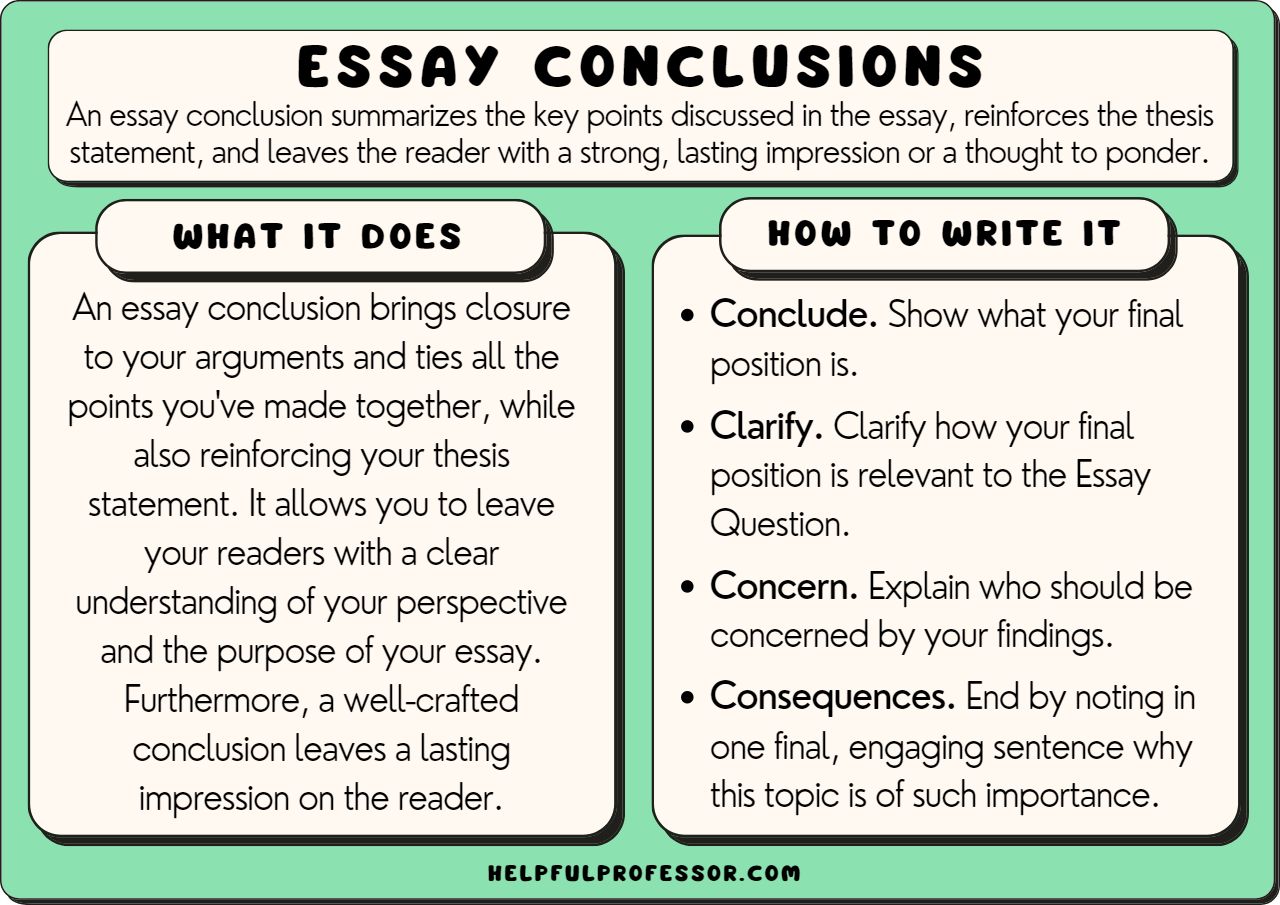 Conclusion
Conclusion





